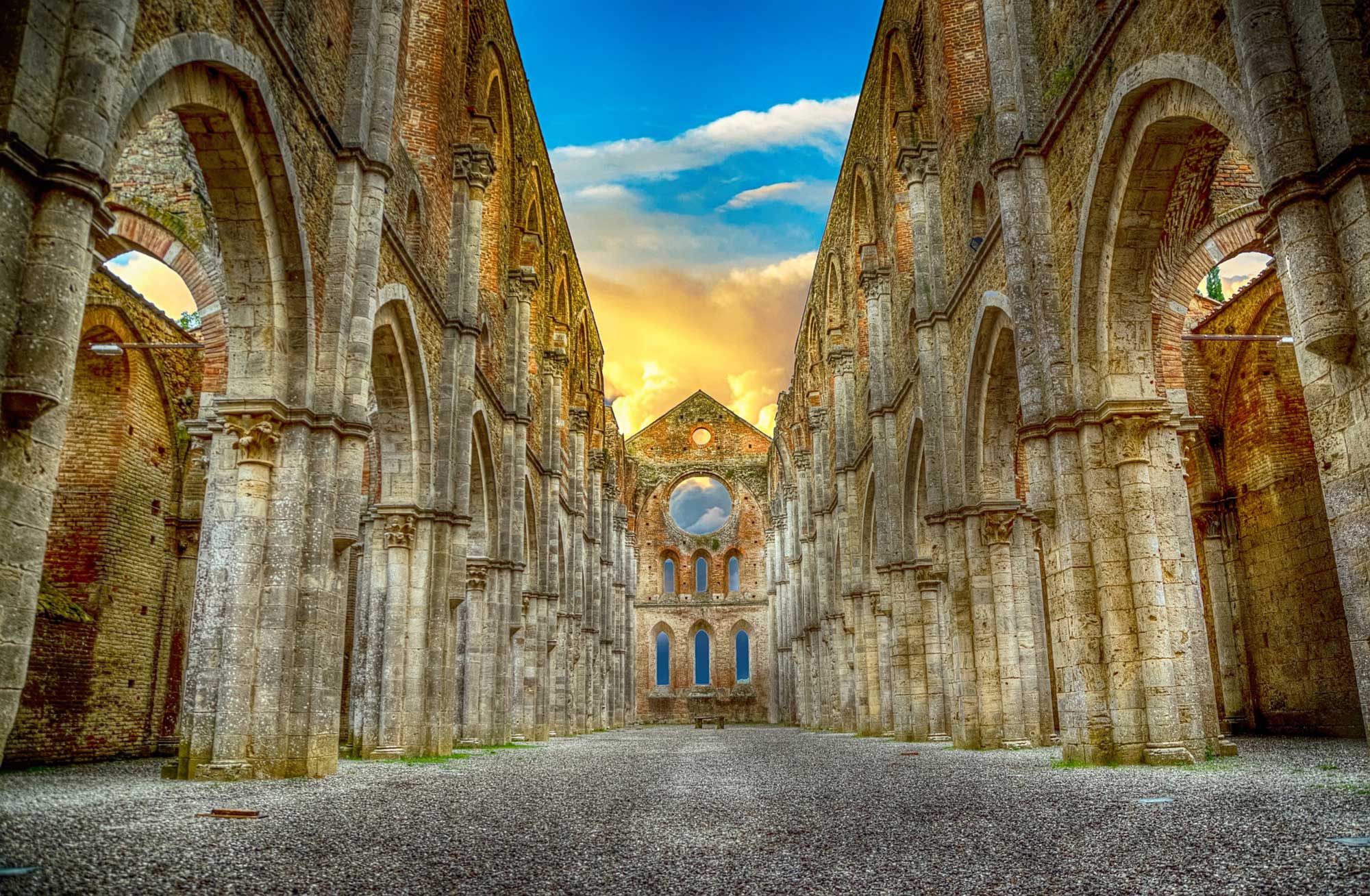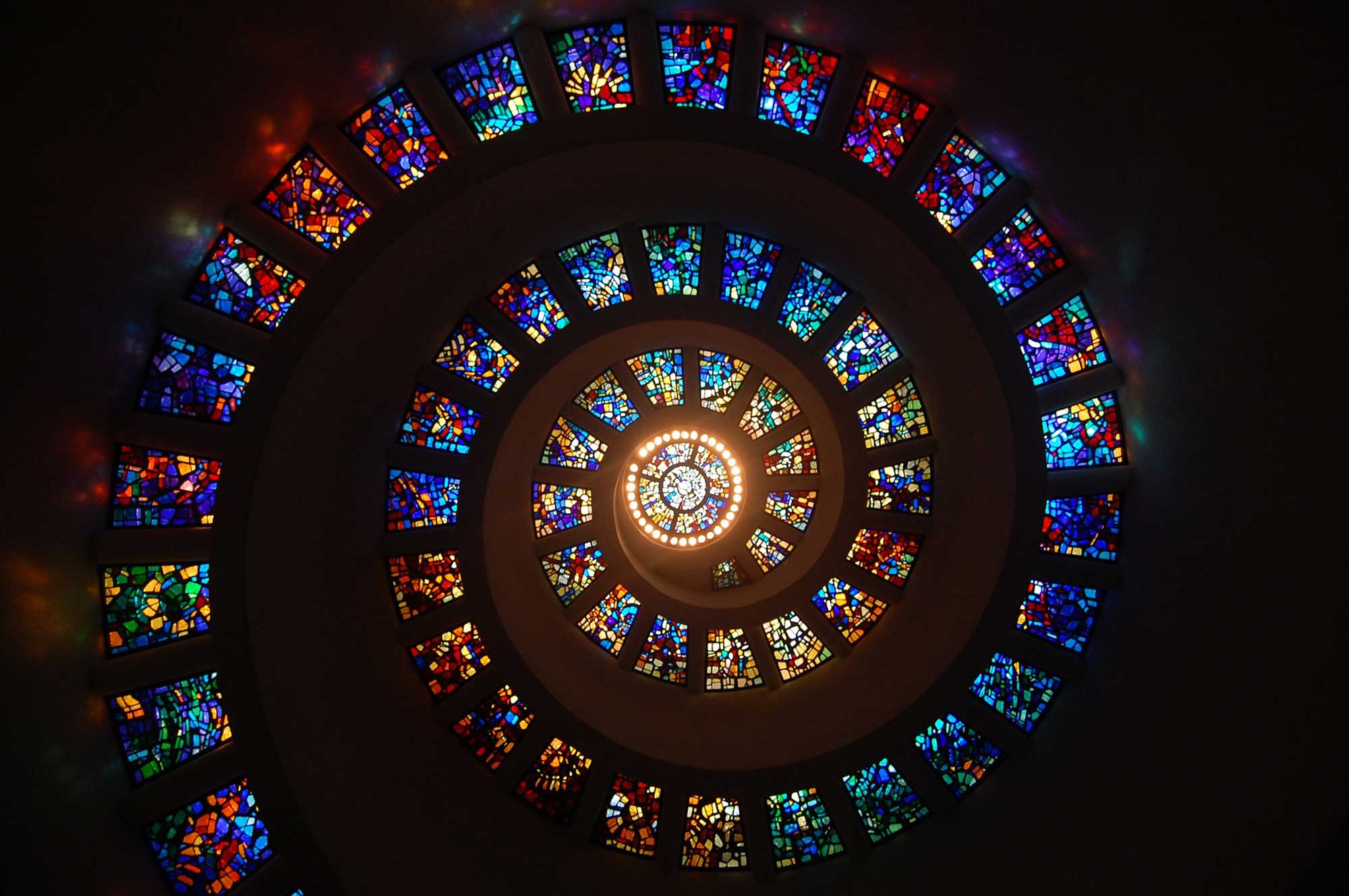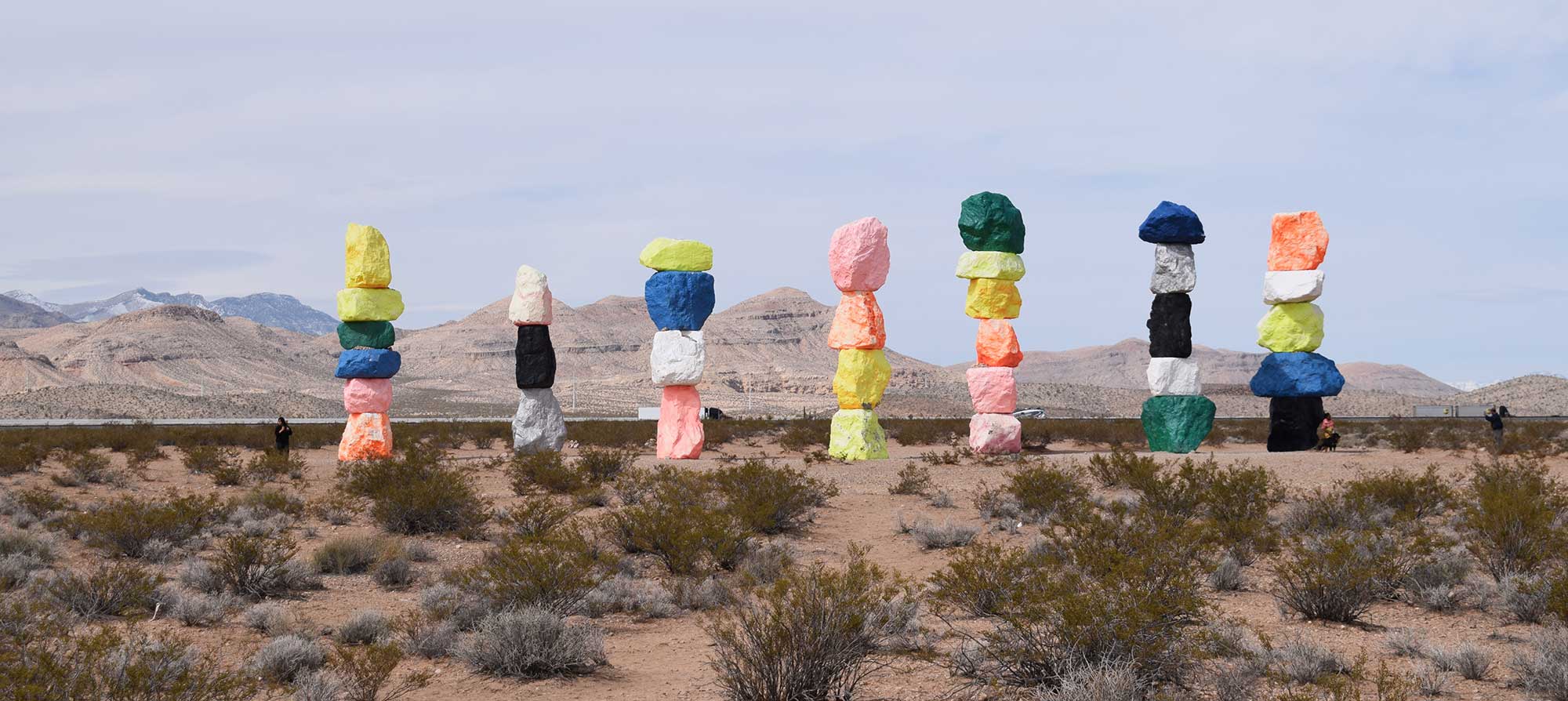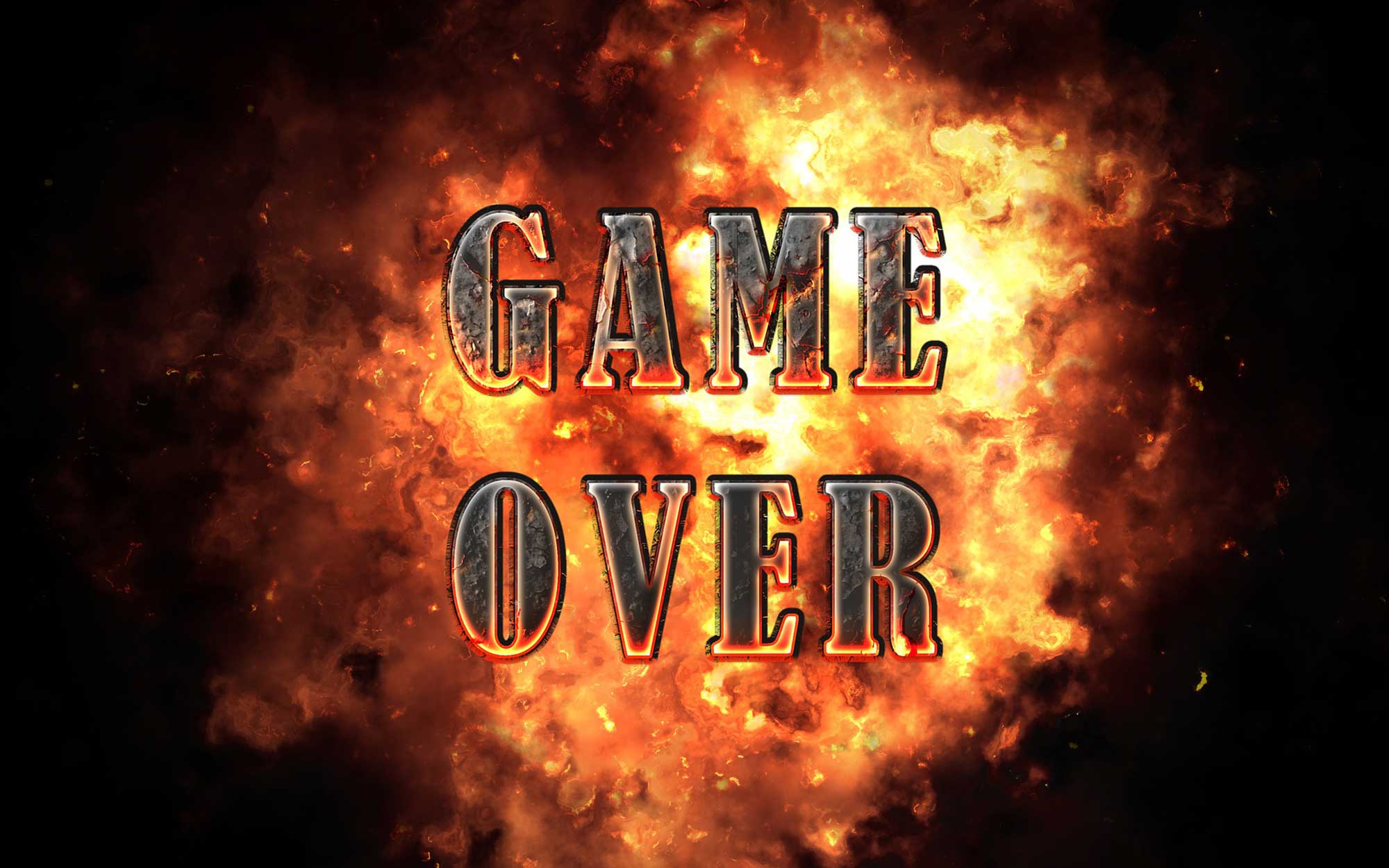
Revelation Hope – Babylon Identified
A Night to Remember: Belshazzar’s Feast
What a night it was—an Eastern night, full of mystery and intrigue.
Inside the palace of Belshazzar, king of Babylon, a lavish party is in progress—wine, women and song, raven- haired beauties dancing, and men reclining and drinking.
The drunken King Belshazzar calls for the temple treasures to be brought in so they
can praise the gods of gold, silver and stone.
The music grows louder—along with the blasphemies.
Outside the city walls, the Persian armies have been waiting.
Cyrus and Darius the Mede have been at work diverting the waters of the river Euphrates around the city, exposing the city’s defences by emptying the riverbed that leads into the city.
Suddenly, all the mirth inside the palace of Belshazzar stops.
The king’s face turns pale.
He is so frightened his knees knock together and his legs give way as a bloodless hand appears and writes on the wall the words:
Mene, Mene, Tekel, Parsin.
Mene, Mene, Tekel, Parsin.
These words are interpreted by the prophet Daniel in Daniel 5:24-28:
• Mene, mene: God has numbered the days of your reign and brought it to an end.
• Tekel: you have been weighed on the scales and found wanting.
• Peres (Parsin): your kingdom is divided and given to the Medes and Persians.
Even as the message is being given, there is a shout and scuffle outside in the halls.
The Persian soldiers rush into the banquet hall and that night, Belshazzar is slain.
The kingdom he ruled is taken from him and given to the Medes and Persians.
Mene, mene: God has numbered the days of your reign and brought it to an end.

The Big Picture
In Revelation, the drying up of the Euphrates waters occurs when the powers that once supported Babylon realise they have been deceived by the miracles and turn against her.
Armageddon is a battle in which all who dwell on the earth must choose to give their allegiance either to God or Satan.
While those on God’s side are gathered to Mount Zion with the Lamb, those who oppose God are gathered to Armageddon, where they will be destroyed at the coming of Christ.
John has twice announced the collapse of end-time Babylon without identifying her. Now, he recapitulates to tell us more about Babylon and the reasons for her fall.

End of Babylon—End of the World
The Book of Revelation uses the language of the last night of Babylon to describe the end of this world (see, for example, Jeremiah 51:6-8, 63; compare with Revelation 17:2 and 4, 18:21).
Just before the end, the whole world has become like Babylon, holding captive God’s people and oppressing them.
It is God’s purpose that they separate from spiritual Babylon and find a place in the New Jerusalem (see Revelation 18:4, 21, 22).
The Woman on the Beast
Read Revelation 17:1-6
The vision will offer further information about the sixth of the seven plagues.
It mentions both of the end-time powers that are against God and His people, who will be defeated at the battle of Armageddon when the Euphrates River dries up and the powers supporting Babylon withdraw their support and turn against her.
Many Waters
The many waters—called the Euphrates River—symbolise the many civil and secular powers of the world, arrayed against the true God and His people in the end-time crisis.
It is a worldwide civil-secular political union that dominates during the end of earth’s history.
The Prostitute
The prostitute, Babylon, is a worldwide religious confederacy made up of the unholy trinity arrayed against the true God and His people during the end-time crisis.
The fact that we have religious powers riding the secular/political powers in this imagery suggests a time in earth’s history where separation of the two is normal or common.
For most of human history, there was no separation.
The political powers of nations were linked with the religion of the state.
Nations had gods they believed gave them political advantages.

Kings of the Earth
The kings of the earth describe the political confederacy in another way.
They do not commit adultery with the prostitute in a literal sense but a union is developed between the religious and political confederacies—a union that is illicit in God’s eyes.
In the Old Testament, the language of fornication and adultery was used when Israel aligned herself with pagan nations (see Isaiah 1:21; Jeremiah 3:1).
John’s description of the great prostitute also reflects the image of Jezebel, an ancient Phoenician princess who became a queen of Israel when she married Israel’s king Ahab.
Adultery is the reward to the kings of the earth for accepting Babylon’s rule (see Revelation 17:2).
Through the attention that Babylon lavishes, she gains control of the kings of the earth.
The reward is also described as economic benefits, which the kings of the earth lose when she falls (see Revelation 18:11-19).
Inhabitants of the Earth
The inhabitants of the earth are the wicked general populace, not the world leaders.
There is a parallel: the “kings” of the earth commit adultery with the prostitute; the “people” of the earth are intoxicated (see Revelation 17:2).
This is reflected in the message given by the second angel in Revelation 14:8:
“A second angel followed and said, ‘Fallen! Fallen is Babylon the Great, which made all the nations drink the maddening wine of her adulteries.’”
Where there is lust and drunkenness, people don’t think clearly. They make bad decisions, which are not good grounds for long-term unity.
When the effect of drunkenness passes, people usually regret their decisions.
The nations enter into agreements with the prostitute because they think they will be better off.
Most of the people go along with what is happening. But it is a union with a short life.
Exploring the Mysteries of Babylon
John is carried into a desert. He sees a beast with seven heads and 10 horns (see Revelation 17:3), described similarly to the dragon (see Revelation 12:14) and the resurrected beast in Revelation 13:3.
Seated on the beast is a woman but in the same place, the woman is chased by the dragon (see Revelation 12:14).
The woman is clothed in purple, which was often used for royal garments and fits with the prostitute’s claim to be a queen (see Revelation 18:7).
In the end-time, she rules over the secular and political powers of the world. Her dress is that of a prostitute, worn to enhance seduction.
Her adornments of gold and precious stones suggest that she is the rival of the New Jerusalem, which is also adorned this way (Revelation 21:11)
Her clothing contrasts with the attire of the true church, which is fine linen, bright and clean, representing the righteous deeds of the saints (see Revelation 19:8).
The prostitute’s attire seems to be modelled on that of the High Priest: the ephod contained purple, scarlet and gold (see Exodus 28:5, 6). The ephod and breastplate contained precious stones (see Exodus 28:9- 13, 17-21).
The cup may represent the drink offerings of the sanctuary
(see Exodus 29:40, 41, 30:9; Leviticus 23:13, 18, 37)
(see Exodus 29:40, 41, 30:9; Leviticus 23:13, 18, 37)
; and the forehead inscription resembles the title “Holy to the Lord” on the mitre (see Exodus 28:36- 38).
In the end-time, a people once faithful to God now oppose Him and His people, as symbolised by the prostitute named Babylon.
But she will be burnt with fire, which is the punishment for a priest’s daughter found guilty of sexual immorality as a prostitute (see Revelation 18:16, compare with Leviticus 21:9).

An Important End-Time Deception
Jesus warned His followers about deceptions that will appear in the end time. Matthew 5 24:24 warns of false Christs and false prophets.
Matthew 7:21-23 also warns that many will come in the name of Christ and perform wonderful miracles but Jesus does not know them.
The Greek word translated “evildoers” is the word anomia, which literally means “those against the law of God.”
So we can expect to see the name of Christ used in the end-time testing by those opposed to obedience to the law of God.
The anti-Christian powers will have among them the false prophet: the Lamb-like [Christ-like] land beast.
Therein lies a clever deception.
But it is not surprising that John is astonished (see Revelation 17:6). Has the woman been transformed?
The great end-time opponent is a power that, at one time, seemed to be the people of God.
Part of the deception is a power masquerading as the true church of God.
But this religious power called Babylon is not the true church.
It is an impostor persecuting God’s people.
The reason she is in the desert is not to flee for her life but to pursue the true church.
The amalgamation of religious powers called Babylon has a long, dark history in harming and oppressing the people of God.
In Revelation 17:3, the harlot is in charge because the political powers have given up their power for a short time to be ruled by her.
The beast is the colour of blood and oppression, which adds to its terrifying appearance.
The blasphemous names that cover the scarlet beast remind us of the sea beast in Revelation 13.
The sea beast is the counterfeit to the work of Jesus Christ.
This counterfeit work continues but only as part of the threefold unity of Babylon—the dragon, the beast and the false prophet, which is the name given to the land beast (see Revelation 16:13, 19:20).
“The great end-time opponent is a power that, at one time, seemed to be the people of God..”

Babylon and Her Allies
Read Revelation 17:7-18John’s vision ends with Revelation 17:6, and a confusing series of interpretations follows.
This may be the single most difficult part of Revelation to understand.
The angel provides detailed information, especially concerning the beast the prostitute is sitting on, and the beast’s function during the end time.
But it is the interpretations that are challenging.
There will be times when we can see some points clearly; at other times we will do the best we can.
Part of the satisfaction of studying this book is that it stretches the mind.
There is always more to learn and that is healthy for us to remember.
• The woman represents a worldwide union of religion.
• The beast symbolises worldwide political union
Revelation predicts that the world will be more united than ever just before the end.
Who is the Usurper of God’s Power?
Riding on the beast portrays a position of dominance. At this time, interestingly, religion will be in control of the political agenda.
Although she dresses and acts like the church, she oppresses those who belong to Christ.
Her name is Babylon the Great.
All apostasy goes back to the Tower of Babel, where the people were scattered and given different languages.
In the Old Testament, Babylon stands for rebellion against God.
Its ambition has always been to reach up to heaven and usurp the rule of God.
Babylon is a good source image for the end- time dominance because a religious issue was made a life-destroying test when religious Babylon dominated political Babylon (see Daniel 3 and 6).
The medieval church used political power in the Middle Ages to enforce its political agenda; now Babylon is the language used to describe the religious powers that will dominate political powers in the end time.
The beast is associated with secular-political unity. As with earlier beasts, it is identified— “once was, now is not” and will come up out of the Abyss (see Revelation 17:8).
Such a political union has happened in the past.
There were a series of four secular kingdoms in charge of the area of the world where God’s people dwelt and the fourth was a reality in John’s day.
The entire series is: Babylon, Persia, Greece, Rome, a division, and then end-time events (see Daniel 2).
The worldwide political union ceases for a time and will be reconstituted in the final battle of Armageddon.
The last period of earth’s history will reflect the division.
There will be a worldwide manifestation of
political union when the beast comes back just before its destruction.
All apostasy goes back to the Tower of Babel

Astonishing Worldwide Powers
John was astonished at the prostitute; the
inhabitants of the earth are astonished at the beast (see Revelation 17:8).
If what Revelation says takes place in our lifetime, we will be truly astonished.
We are living in a time when worldwide political union is not a reality—or seemingly close to it.
But the beast will come out of the Abyss and then go into his destruction (see Revelation 17:8).
There are links here with the beast of Revelation 11:7, which will come up from the Abyss to attack and kill the two witnesses, representing God’s people.
There is also a link with the beast of
Revelation 13:3 recovering from the death
wound inflicted on one of its heads.
Both beasts have seven heads and 10 horns, and are also linked with the dragon that has seven heads and 10 horns.

According to Revelation 17:7, 8 the inhabitants of the earth will “be astonished.” The beast “is not” and “yet will come” to work as it has in the past.

In the past, all political powers were religious riding the beast—secular powers but now it seems we are viewing something unique.
The woman—religious powers—is
We see religious powers and secular powers as distinct, yet they work together at a time when the beast has been resurrected fro m a deadly wound on one of its heads.
The beast has oppressed God’s people throughout the ages but now it is controlled by those who profess to belong to God.
Here is depicted a false and deceptive form of Christianity.
It is successful in its deceptions, bringing fire down from heaven—a false Pentecost—and working miracles (see Revelation 13:13, 14).
Religion will dominate politics at the end time, as it did through the Middle Ages.
In today’s world, we could hardly believe it could happen again.
But democracy and religious freedom have arrived late in human history and may be short-lived.
Religion will dominate politics at the end time, as it did through the Middle Ages.

Seven Heads are Seven Hills
Throughout the ages, the beast ruled by one of its heads.
It has always been accepted that religion and politics go hand in hand; but this has not been the case for centuries.
We forget that few people in history have enjoyed the freedoms we experience today.
John says the seven heads are seven hills—or mountains (see Revelation 17:9).
The translators may have had the city of Rome in mind, which is situated on seven hills, when they translated the Greek word here as “hills” rather than “mountains.”
However, John may not have meant Rome because the mountains are consecutive, rather than together.
He says in Revelation 17:10 that five of them are fallen, one is and another is yet to come.
This indicates it would be hard to build a city on seven hills with five of them fallen; only one is present and the other is yet to be there.
So what are these hills?
They represent political powers that are the kings of the earth who undergird the woman and give her strength.
In the Old Testament, the term “mountains” often represents political powers
(see Isaiah 13:4; Jeremiah 51:24, 25; Daniel 2:35, 44).
Throughout most of history, political powers have blended with religion.
The fact that John now pictures a woman riding the beast could be interpreted as a time in history when the separation was common enough to make the point that just before the end-time concludes, there will again be a blending of religious/political powers.
The waters, the hills and the kings are different imagery used to depict a series of political powers through history that have supported the woman called Babylon in oppressing God’s people.
When the prophet receives an explanation of a prophecy, it is given in terms of his time rather than the future.
So the “one is” would refer to Rome of John’s day.
The “five that have fallen” would be the great Old Testament empires that dominated and controlled God’s people. These were
:• a world power that controlled and enslaved Israel
:•Assyria, which destroyed the 10 northern tribes of Israel and scattered them.
• Babylon, which destroyed Jerusalem and took Judah into captivity.
• Persia, which controlled and nearly 6 annihilated the Jews in the days of Esther.
:• Greece, which oppressed and tried to destroy the Jews through Antiochus Epiphanies.
The one who “has not yet come” would be the manifestation of a power after the fall of Rome when the Empire embraced Christianity.
This resulted in a medieval church that oppressed and dominated those who wanted to be faithful to Jesus.
The best explanation seems to be that the seventh head is the sea beast of Revelation 13.
It too came up after the time of John and the Roman Empire (see Revelation 13:2) and is to be resurrected for the final conflict (see Revelation 13:3, 12).
All these powers combined the state and religion as one and sought to oppress and destroy God’s people.
We forget that few people in history have enjoyed the freedoms we experience today

The Eighth Head is yet to Come
But John is told there is an eighth head or king to come right at the end (see Revelation 17:11).
This “eighth head” would be the final manifestation of political power in support of Babylon at the end.
Knowing the seven powers, the final eighth power can’t be Egypt, Assyria, Babylon, Persia, Greece or pagan Rome.
These powers do not exist as they did in ancient times. Could it be Christian Rome acting as it did during the Dark Ages?
This would fit well with the description of the healing of the fatal wound to one of the heads of the beast (see Revelation 13:3).
The resurrection of one of the heads of the beast to act as it had in the past for over 1,000 years could astonish the world (See Revelation 17:8).
They thought the age of intolerance had passed never to return but it unexpectedly comes back from the Abyss (see Revelation 11:7, 17:8).
When it returns, it unites with others to usher in a time of religious intolerance and enforced worship.

These kings are an end-time character without a pedigree. Their kingdom is only for a short period—“one hour” in prophetic time.

10 More Kings
John moves on to describe another 10 kings. So far, we have seen the kings of the east, the kings of the earth, the seven kings and now, there are 10 kings!
These kings are an end-time character without a pedigree. Their kingdom is only for a short period—“one hour” in prophetic time.
They receive their dominion with the beast in the last period of earth’s history.
They are in the time of the eighth king and the earth’s final crisis.
Some see the 10 kings as a special subgroup that provides the decisive move for the creation of the political unity.
Time will give us the identity of the group symbolised by the 10 kings, who place their allegiance with the dragon’s end-time confederacy.
Some suggest the 10 horns are a way of saying that in the end, all nations on earth will support Babylon.
We may want to reserve our judgment here as we are dealing with unfulfilled prophecy.

Armageddon Restated
Revelation 17:14 is the final battle of Armageddon in a nutshell, as we have already seen in Revelation 12:17 and 16:12-21.
The end is not in doubt and the outcome is clear.
The Lamb wins and the powers of the world lose.
The Armageddon war described in Revelation 17:14 destroys the political confederacy.
This war is mentioned again in Revelation 17:16, and again in more detail in Revelation 19:11- 21.
Revelation 17:15, 16 depicts the powers and people turning against the prostitute.
The beast and the 10 horns together represent the unity of political powers that saw benefit in committing adultery with the prostitute.
They both change their mind because of the plagues, which give them a clear indication that they have been deceived into choosing the losing side.
In their fury, they turn upon the false religious powers (Babylon) to destroy them (verse 16).
We will find these political powers lamenting what they thought was possible through
their united front (chapter 18).
Then the destruction of Babylon is celebrated in Chapter 19, just as we have seen in Revelation 17:14.
This withdrawal of support for Babylon (false religious powers) by the beast and its 10 horns (political powers) is described in Revelation 16:12 as the drying up of the Euphrates River.
The political powers bring her to ruin, destroying the religious confederacy with which they had been allied.
Again, we see the language of the Old Testament used to describe the fall of Babylon (see Ezekiel 16:35-41).
The beast and the 10 horns will hate the prostitute—they will strip her naked, eat her flesh and burn her with fire.
Some feel that because Babylon is burned, it indicates that she professed to be a true follower of Jesus Christ but is now seen to be unfaithful.
They point to this type of language used by Old Testament prophets to describe God’s judgments falling upon Jerusalem when depicted as a prostitute (see Ezekiel 16:37-41, 23:22-29).
Burning in the fire was a fate decreed on the daughter of a priest who became a prostitute (see Leviticus 21:9).
The plagues cause the powers on earth to realise they have been fighting against the Creator. This is a battle they cannot win.
The Lamb wins and the powers of the world lose

God Remains in Control
God Remains in Control
Revelation 17:17 reminds us that God is in control—even of the Satanic deceptions (see 2 Thessalonians 2:11).
The temporary unity of the world’s political and religious powers accomplishes God’s purposes to bring the conflict to a conclusion.
There will be a confederacy of religious— secular powers in the end time that will set themselves against God’s people.

But the Lamb and His followers
will win.
But the Lamb and His followers will win.
Babylon will fall, along with those who support her.
It will be a momentous event.
Babylon represents all human efforts to provide a way of salvation apart from God.
In contrast, Revelation sets the New Jerusalem as an expression of God’s grace and mercy given to all those who accept the Lamb and follow Him.